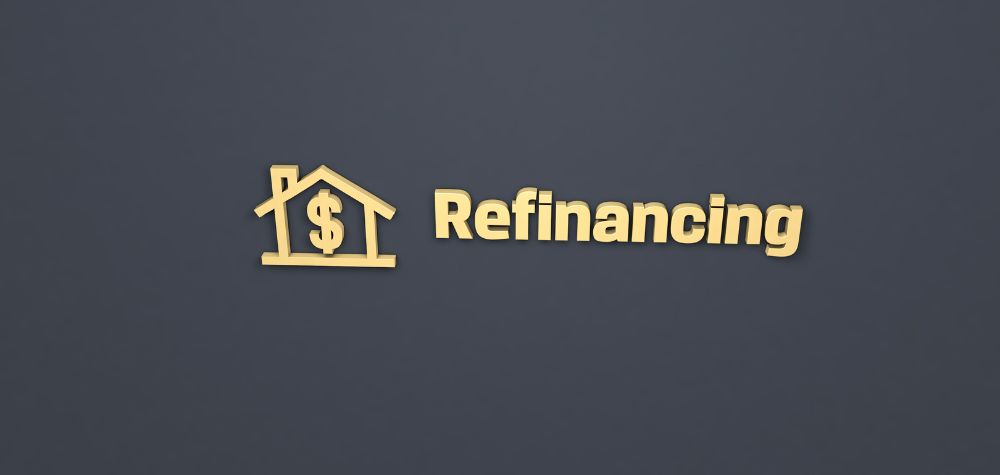
The easiest way to ensure that your business receives the payments from invoices without delay is to remain transparent with your customers throughout the process. Getting an invoice paid on time starts with making it easier for your customer to pay.
Create Detailed Invoices
Create an invoice for your customers that includes the essential details and information about the job or service you have provided, and any additional information such as expenses that they might want to be included. Anticipating for these potential details may shorten the time it takes for your customers to pay.
Send Prompt Invoices
While it’s fresh in your customer’s mind, send out the invoice as soon as the work is completed to ensure they know what they owe. You can use alternative invoicing methods for your customers, such as electronic invoicing software or in-person with a mobile EFTPOS machine for quick and easy payments.
Invoice In Stages
Consider a phased approach to invoicing, particularly if your work is being conducted over extended periods. Splitting it over multiple payments allows the money to continue to flow in and could offset some of the risks to your business.
Allow Electronic Payments
Taking “pay now” credit card transactions can assist in speeding up payments from your customers. Consider adding a payment-add-on option (such as Stripe or PayPal) if sending your invoices electronically.
Make Payment Terms Shorter
Invoices with shorter payment terms get paid more quickly, with more businesses asking for payment within two weeks instead of the previous norm of thirty days. Discuss payment terms with your customers long before you get started to avoid confusion later on.
Put Systems In Place
Chasing down payments takes up valuable time and can be stressful. Consider employing a bookkeeper or accountant to assist you with following up on those overdue invoices or set up automatic reminders in your accounting software to be sent to customers as an invoice nears its due date.





